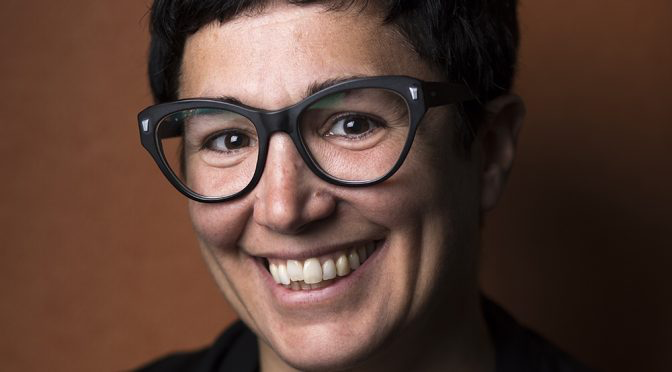Interview with Carlota Canalias Gomez

Tell us a bit about yourself and your educational background; what inspired your interest in your field?
I did my Masters in UAB, in Barcelona, that is where I come from. After my PhD at KTH, I went to industry for a while, and then I got back to academia (and KTH) with an Assistant Professor position. I was promoted to Professor in 2018.
Being appointed to your new role the head of the Applied Physics Department must be exciting. What short term plans do you have for your department?
Yes! The Applied Physics department is great, with exciting research activities that are at the international forefront! I think we can make it even better if we optimize our resources and make our work environment better and more inclusive. I am putting together a management team with whom I plan to work very close to, with well-define tasks and responsibilities.
What is your research about?
I work with nonlinear optical materials, from fundamental material properties studies to device engineering and characterization.
Are you planning to develop your research in new directions?
Yes! We are going more and more into quantum technologies as well as into developing new materials.
Do you see a way of combining your research with your departmental duties, or do you consider the two roles separate from each other?
My ambition is to have good time management strategies so that I can work on both research and department duties. The two roles are well separated from each other.
What advice would you give to youngsters interested in becoming scientists?
Do not give up! You can do it!
How could we attract more young minds into the field of sciences? Are there any actions taken by your work environment about it?
We need to start early, already at elementary school. I think that it is important to get hands-on experience from an early age, doing experiments and seeing how science is connected to the real world. There are a lot of initiatives take by researchers at Applied Physics, both in research communication as well as in going to schools/high schools and doing demonstrations. Many of us also participate in activities like “forskar-fredag” or activities organized by field-specific organizations.
Text: Elina Charatsidou
